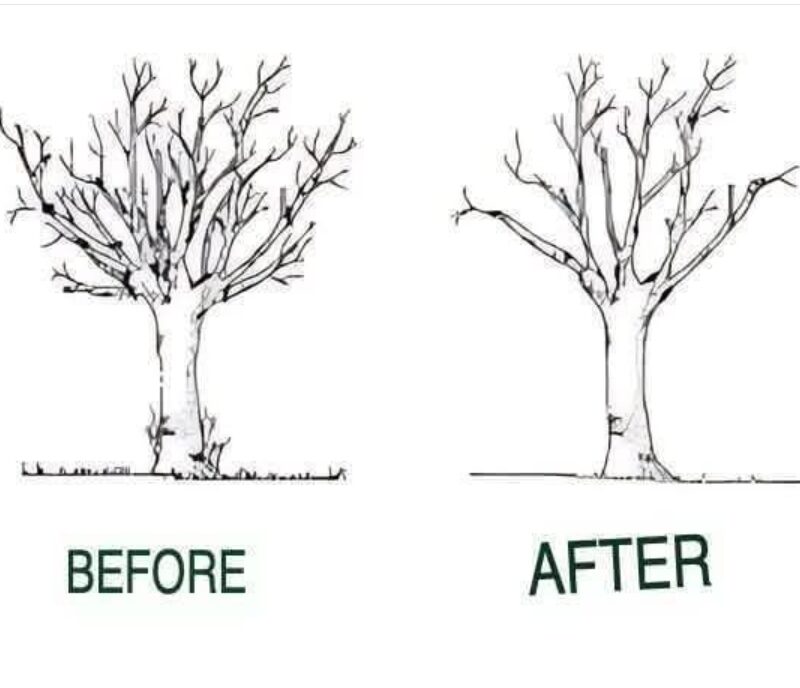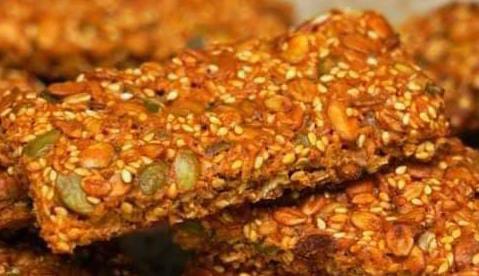The Ultimate Guide to Pruning Trees and Shrubs
Introduction
Pruning is an essential practice for maintaining healthy, beautiful, and productive trees and shrubs. Whether you’re pruning for health, safety, aesthetics, or productivity, knowing the right time, techniques, and tools can make all the difference.
In this comprehensive guide, you’ll learn why pruning is necessary, when to prune different types of plants, the best techniques, and expert tips to keep your garden thriving.
—
Why Prune Trees and Shrubs?
1. Improves Plant Health
✅ Prevents disease spread – Removing diseased, dead, or damaged branches reduces the risk of infections spreading to the rest of the plant.
✅ Encourages air circulation – Thinning dense growth allows better airflow, reducing moisture buildup that can cause fungal diseases.
✅ Increases sunlight penetration – Removing excess branches lets more light reach the inner parts of the plant, improving overall health and growth.
2. Enhances Safety
✅ Prevents falling branches – Weak, damaged, or overhanging branches can be dangerous during storms or strong winds.
✅ Keeps walkways clear – Overgrown branches obstructing paths, driveways, or buildings should be removed.
✅ Reduces structural damage – Trees growing too close to homes, fences, or power lines can cause serious issues if left unchecked.
3. Improves Aesthetic Appeal
✅ Shapes the plant for a pleasing appearance – Regular pruning maintains a balanced, attractive shape.
✅ Encourages flowering and foliage growth – Removing old wood stimulates new shoots, resulting in more blooms and lush foliage.
✅ Controls plant size – Prevents shrubs and trees from becoming too large for their space.
4. Boosts Productivity in Fruit Trees
✅ Increases fruit production – Removing excess branches directs the plant’s energy into producing larger, healthier fruit.
✅ Prevents overcrowding – Ensures each branch has enough light and airflow, leading to higher-quality fruit.
—
When to Prune Trees and Shrubs
Pruning at the right time maximizes benefits and minimizes stress on plants. Different plants require pruning at specific times based on their growth cycles.
1. During the Dormant Season (Late Winter – Early Spring)
🌱 Best for: Most deciduous trees and shrubs
Pruning while the plant is dormant minimizes stress and prevents sap loss.
Cuts heal faster in early spring when new growth begins.
Ideal for oak, maple, apple, pear, and other deciduous trees.
2. After Flowering (Spring & Summer Bloomers)
🌸 Best for: Flowering shrubs and trees
For spring-blooming plants, prune immediately after flowering so you don’t remove next season’s buds.
Examples: Lilacs, forsythia, azaleas, rhododendrons, dogwood trees.
Summer bloomers (like roses and crape myrtles) can be pruned in late winter or early spring.
3. Light Pruning (Year-Round Maintenance)
✂️ Best for: Dead, damaged, or crossing branches
Remove diseased or broken branches anytime to keep the plant healthy.
Minor shaping can be done throughout the year.
4. Avoid Pruning During Late Summer & Early Fall
🚫 Why?
Pruning in late summer encourages new growth that won’t have time to harden before winter frost.
Cuts take longer to heal, increasing the risk of disease and pest infestations.
—
How to Prune Trees and Shrubs Properly
Using the right tools and techniques ensures clean cuts and healthy regrowth.
1. Use the Right Tools
🔧 Small branches (under ½ inch thick): Use hand pruners for precise cuts.
🔪 Medium branches (½ – 1½ inches thick): Use loppers for better leverage.
🪚 Large branches (over 1½ inches thick): Use a pruning saw for clean cuts.
⚙️ Thick or high branches: Use a pole pruner or professional arborist.
💡 Tip: Always sharpen and clean your tools before pruning to prevent disease transmission.
2. Follow Proper Cutting Techniques
✅ Cut Above a Node or Bud – Make cuts just above a healthy bud to encourage new growth.
✅ Use Angled Cuts – Cutting at a 45-degree angle prevents water from pooling on the cut surface, reducing the risk of fungal infections.
✅ Remove Crossing Branches – Branches that rub against each other can cause wounds and invite disease.
✅ Thin Dense Areas – If branches are overlapping or too crowded, remove some to improve airflow and light penetration.
3. Prune in Stages to Avoid Stress
🌿 Never remove more than ⅓ of the plant’s total growth in a single pruning session.
🌱 Over-pruning can shock the plant, leading to slow recovery or even death.
—
Additional Tips for Successful Pruning
🌟 Disinfect Pruning Tools – Clean tools with rubbing alcohol or a 10% bleach solution between cuts to prevent disease spread.
🌱 Training Pruning (For Young Trees) – Light pruning in the first 2–3 years helps develop a strong central trunk and balanced shape.
🔥 Removing Suckers & Water Sprouts –
Suckers (shoots at the tree base) should be removed as they drain nutrients from the main tree.
Water sprouts (thin, vertical shoots from branches) weaken the tree’s structure and should also be pruned.
🍂 Mulching After Pruning – Add mulch around trees and shrubs to retain moisture, regulate temperature, and reduce weed growth.
—
Common Pruning Mistakes to Avoid
🚫 Topping Trees (Overcutting the Crown)
Cutting off large sections of the top weakens the tree and makes it susceptible to pests and diseases.
🚫 Cutting Too Close or Too Far from the Node
Leaving a stub prevents healing, while cutting too close damages the node, slowing new growth.
🚫 Over-Pruning in One Session
Removing too much foliage weakens the plant, leading to sunburn, stress, and slower growth.
🚫 Pruning at the Wrong Time
Avoid pruning late in the growing season when plants are preparing for dormancy.
—
Best Plants for Pruning & Their Specific Needs
—
Final Thoughts
Pruning is one of the most valuable skills a gardener can learn. By understanding why, when, and how to prune, you can keep your trees and shrubs healthy, beautiful, and productive year after year.
By following this comprehensive guide, you’ll be equipped with the knowledge and techniques needed to maintain a thriving, well-manicured garden. Happy pruning! 🌿✂️






